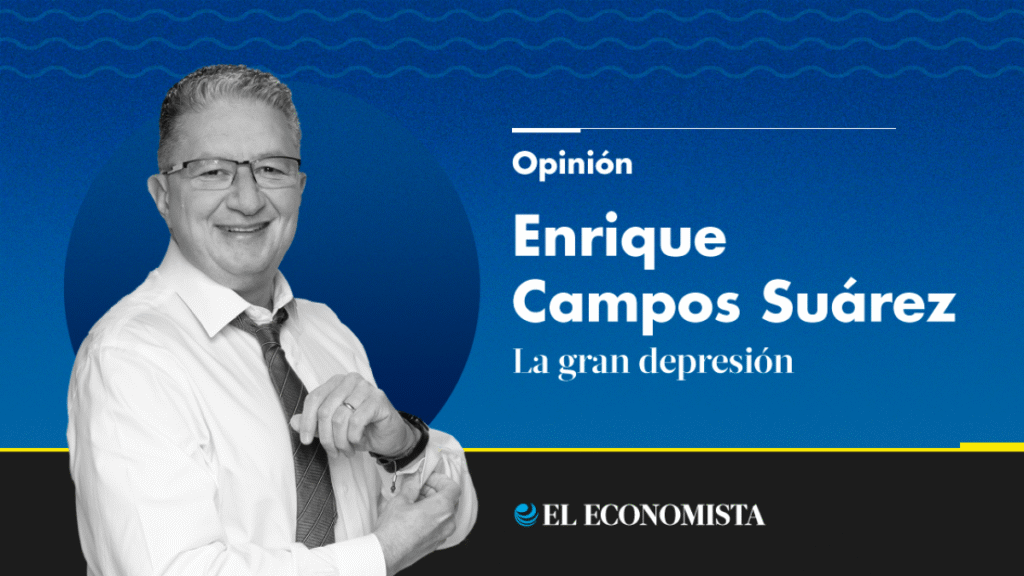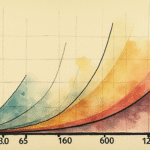Introduction
This is not the time to interfere with the autonomy of Banco de México (Banxico) and imagine that a change in its powers can resolve an economic stagnation with significant internal factors.
Global Context: Authoritarian Governments and Central Bank Functions
Donald Trump set his sights on the role of a central bank as a growth promoter, not only because the Federal Reserve (Fed) has among its objectives to achieve full employment, along with maintaining a target inflation rate and low interest rates, but because the U.S. President wants to dictate the monetary policy of that institution.
This aspiration to activate the “dollar factory” to boost an economy threatened by protectionism, driven by the same Republican, has become exemplary among recent authoritarian governments.
Mexico’s Situation: Banxico’s Dual Mandate
In practice, Banxico has favored a dual mandate of its mandate in recent times. The current composition of the Governing Board reveals how a majority openly defends relaxing monetary policy as a means to stimulate the economy.
The strict defense of maintaining a general inflation target between 2.0% and 4.0% has been abandoned, not only due to occasional monthly results above the target but also because the central banker’s perspective has shifted from focusing on a single data point.
Proposed Changes to Banxico’s Mandate
From the country’s highest political platform, an idea was advanced – one that with absolute and submissive majority could become a constitutional change – to transform Banxico into an institution with a dual mandate: safeguard the purchasing power of the Mexican peso and seek full employment.
When Claudia Sheinbaum, the head of Mexico City’s government, proposed changing Banxico’s mandate, she stated that she wasn’t referring to Bolivia but rather the U.S. Federal Reserve.
However, Mexico is as distant from the U.S. regarding informality – a crucial indicator for a central bank to have a dual mandate – as it is from Bolivia, which has an informality rate of 84.47%, close to fiscal anarchy.
Mexico’s informality rate stands at 54.8%, far from the U.S.’s 6.3%. These structural differences between the two North American countries make it unwise to adopt a dual mandate for Banxico.
Additional Factors Against Altering Banxico’s Autonomy
Beyond the structural differences, this regime has taken control of all institutional structures that once gave solidity to the country, from autonomous bodies to the Judicial Power, all now serve a single supreme power.
The National Electoral Institute, which has de facto shown its inclination to serve the presidential power, along with a submissive judicial authority, is on an inevitable path towards government control.
If the electoral system’s dismantling is already underway, it would be best not to destroy the economic confidence by obliterating Banxico’s autonomy.
Key Questions and Answers
- What is the main concern regarding Banxico’s autonomy? Now is not the time to interfere with Banxico’s independence, as economic stagnation has significant internal factors.
- What global context influences this discussion? Authoritarian governments worldwide are questioning central bank functions, as seen with Donald Trump’s attempts to dictate U.S. monetary policy.
- Why is a dual mandate for Banxico not advisable? Mexico’s informality rate (54.8%) is too high compared to the U.S. (6.3%), making it unsuitable for a dual mandate focusing on both inflation and employment.
- What other factors argue against altering Banxico’s autonomy? The current regime has already taken control of many institutional structures, including the Judicial Power and the National Electoral Institute, undermining the independence of these bodies.






